Maybe NoLo owes its fortune to the dominant "smart" culture, because in the perspective of the most unbridled sharing takes things into use without purchasing them. So NoLo has become one of the trendiest neighborhoods in Milan. The name NoLo, however, does not mean "rental" (as in Italian) but more simply North Loreto, it is a very young neighborhood, it was established about ten years ago by the Municipality of Milan, tracing the streets that delimit it with a pencil on the map. Visit Italy then takes you to discover NoLo.
The perspective with which NoLo was born is very modern: larger pedestrian spaces, sidewalks suitable for outdoor areas, reduced mobility due to the speed limited to 30 km/h, recovery of historic shops and many new venues, a mix of ethnic bistros and Milanese tradition. The result? A more livable and trendy district, with real estate values skyrocketing and the image of "old Milan" not trampled upon, but rather magnified by the historic trams that pass through it (line 1 leaves and arrives here).

The slow soul of NoLo
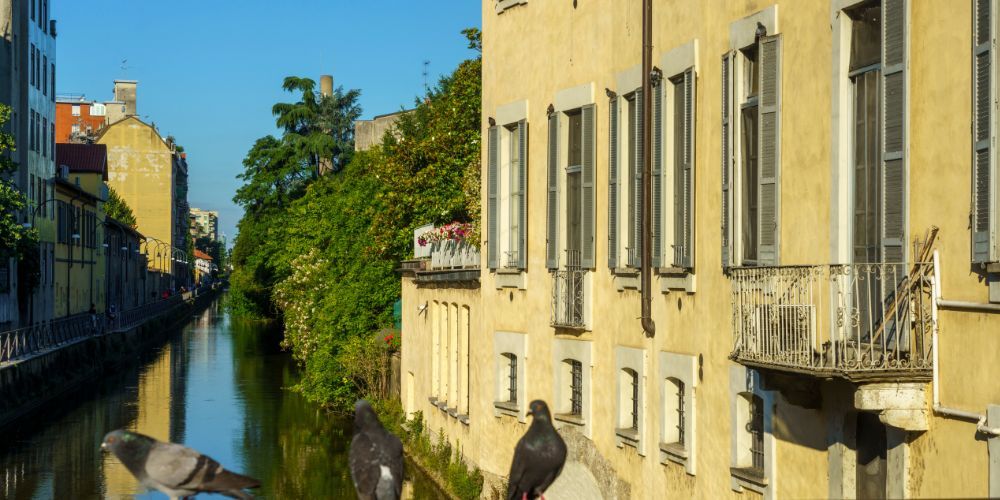
Martesana canal
Discovering NoLo you immediately understand the strategy of those who conceived it, that of making Milan go slower, slowing it down. Here cars cannot go more than 30 km per hour and parking is almost impossible. Better to walk around and then it's all about discovering little places for an evening drink, for an afternoon snack with the children, for Sunday brunch. Even to buy and read calmly a newspaper, in the new newsstand that has opened in the center of Piazza Morbegno, a rarity in a city that is losing dozens of old newspaper kiosks.
This is the NoLo model, a neighborhood created with the artifice of a resolution by the Municipality of Milan, but which does not arise from nothing. Indeed, it was built with the precise intention of renovating and enhancing those narrow and somewhat outdated streets that open between via Aporti and via Venini on one side and viale Monza and via Giacosa on the other. It is delimited by the railway that leads to the Centrale to the west and the Trotter park to the east, while to the north the Martesana canal is opposite to the southern Piazzale Loreto.
Discovering NoLo, what to do
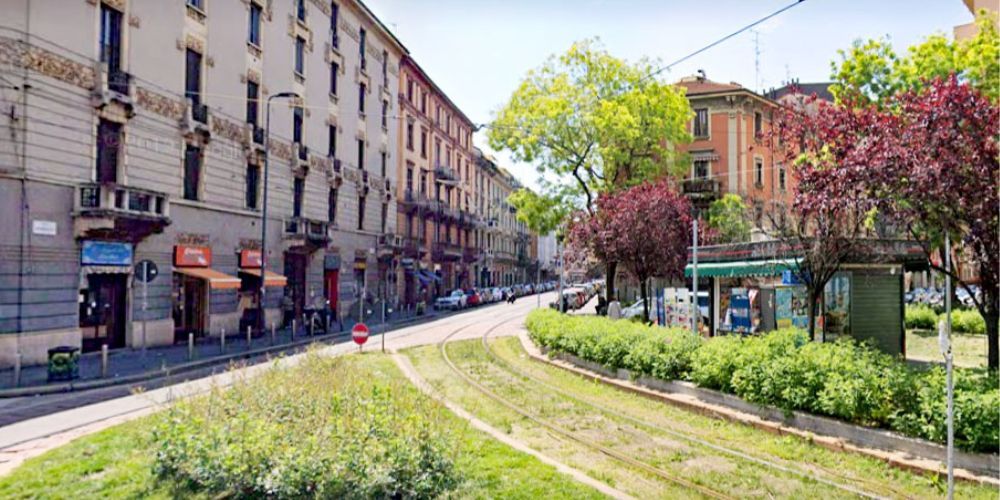
Piazza Morbegno (wikipedia)
NoLo is the right place for those who love walking, for after-school activities for children with games, free ping-pong tables, for cycling and it doesn't matter if the cobblestones and tram tracks make pedaling a little complicated. There is a place in the central Piazza Morbegno, "Bici e Radici", which is a unique and original place, where the love for bicycles and plants meets over a good coffee. And the same you can do at the Giardino degli Artisti, another new space created from the renovation of the streets of NoLo, between Via Oxilia and Via Venini.
Yet something about rental... blows over NoLo, in the sense of that sharing culture of which contemporary Milan is somewhat proud. Among the increasingly narrow streets of the neighborhood (because the sidewalks have been widened) bikes and scooters are shared but also brick ping pong tables, which are there - usually outside the schools - available to anyone who wants to play.
What to do in NoLo, the Trotter park and the Martesana canal
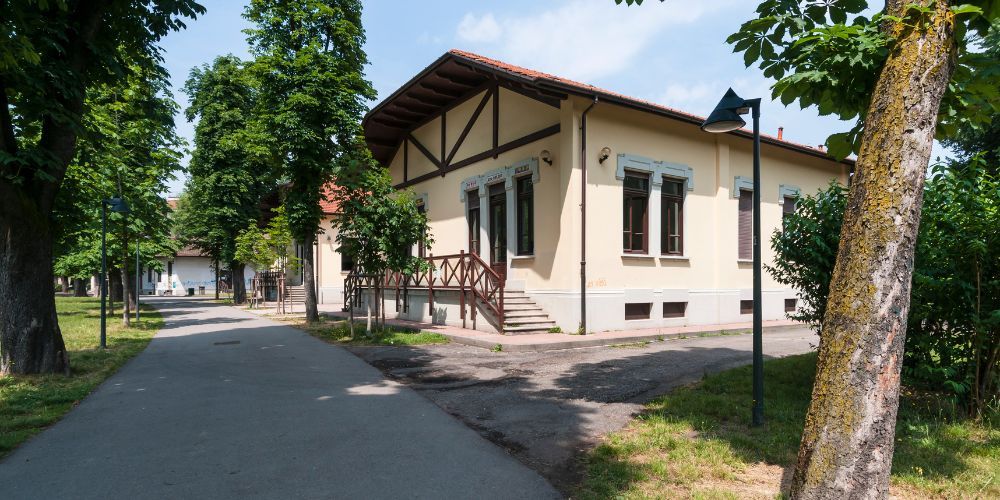
Trotter Park (photo by FAI)
You can't discover NoLo without visiting the large Trotter park. It is the green lung of the neighborhood, once the old Milan hippodrome (hence the name), before the San Siro one was built, and later donated to projects for children and education. A destination that still remains today, the large park hosts the pavilions of primary and secondary schools, with a historical name that fully suits it: House of Sun.
Once school hours are over, the Trotter comes alive with parents, grandparents and children who experience the park until sunset, together with the many runners who take advantage of the tree-lined and smog-free avenues. Nevertheless in the video "With the headlights off" we saw Elodie running through NoLo under the tunnels and along the busy Via Aporti, as well as Pierfrancesco Favino in the movie "The Last Night of Love". Anyway, directorial needs, but in NoLo there are areas for physical activity that are much preferable!
Those who love sports and jogging have another place not to be missed in NoLo: the Martesana canal and Via Tofane that runs alongside it from the lock of Via Melchiorre Gioia to Viale Monza near the famous Zelig cabaret for the stand up comedy. And then it continues further, towards Via Padova and… for over 30 kilometers outside Milan up to the Adda river. Yes, the road that accompanies the Martesana canal is a perfect cycle path for two-wheel lovers.
Discovering NoLo, what to see: the murals
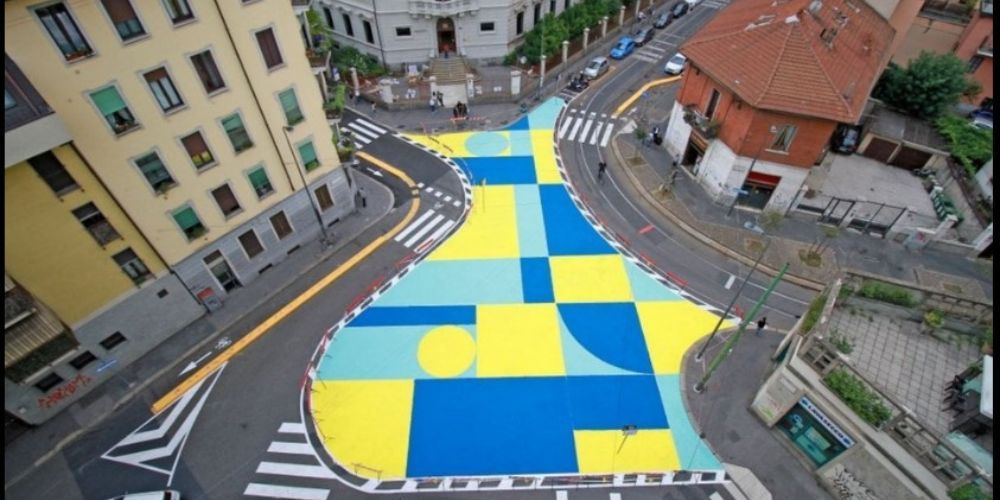
Arcobalena square
To give life to a place there is a quick and easy way: give color! And by discovering NoLo you can understand how much the bright light of street art has contributed to the valorisation of the neighbourhood. From Via Pontano and Via Mosso, following the railway tracks, there is a succession of murals and graffiti. Every day you see the artists moving their rigs to give "energy" to the walls and now overflowing beyond the neighborhood, reaching the Leoncavallo in the close Greco neighborhood.
Piazza Arcobalena is another tangible sign of how much the neighborhood has changed. Until ten years ago it didn't exist, then it was created from nothing in front of the main entrance of the school in via Venini, which first overlooked the pavement and the busy road and now, instead, onto a small colored area without motor vehicles, for the joy of children coming out and of parents and grandparents going to pick them up. And where five streets used to be thrown in disorder, today there is a colourful, pedestrian space, complete with benches and bike racks, ping-pong tables and wooden picnic tables.
An explosion of lights and colors that recently found its peak in the homage to Matisse created on the side of a building in viale Monza 79. Realized by Red Longo, famous street artist, the mural is inspired by “La Danse”, a double masterpiece by Henry Matisse which today enriches the collections of the Moma in New York and the Hermitage in St. Petersburg.
What to see, the Isgrò House-Museum and the church of Santa Maria Beltrade
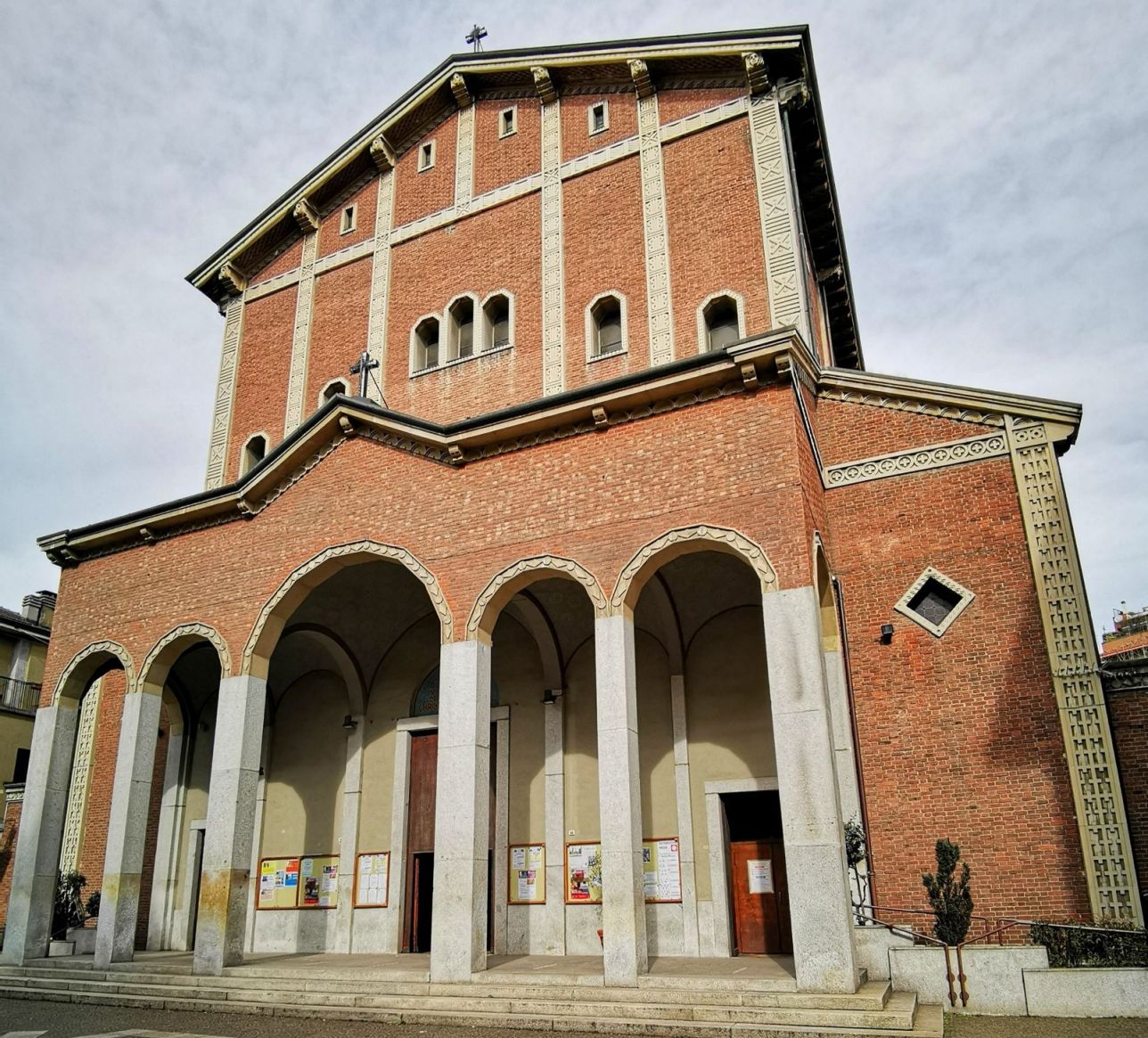
Santa Maria Beltrade (wikipedia)
Around NoLo you then discover, in via Martiri Oscuri, the Emilio and Scilla Isgrò Institute, which can now be visited by reservation. The desire of the great poet, painter and artist of "erasures" Emilio is to make his home the seat of a Foundation and a future House-Museum. For all information visit the website.
A more classic visit you have to dedicate to the beautiful church of Santa Maria Beltrade, with its art deco motifs that marry the typical neo-Romanesque style of Lombard churches. It is a relatively young church, it has just turned 90 years old since its construction, thus replacing the old medieval church of Santa Maria Beltrade, which stood near the Milan Duomo and was demolished in the 1930s. The new Santa Maria Beltrade is also the first church designed by the “Beato Angelico” School of Art, founded in 1921 by Monsignor Giuseppe Polvara.
Discover the Milan CathedralDiscovering Nolo, where to eat and drink
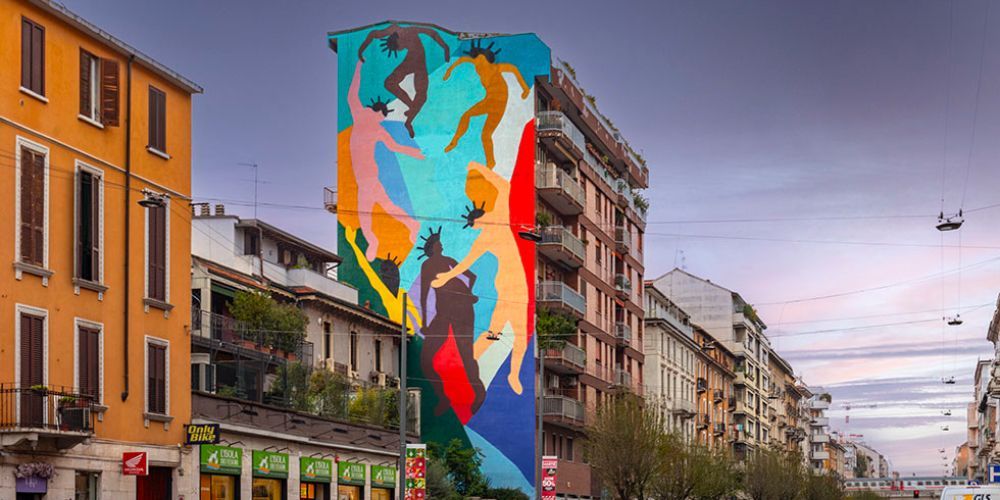
Red Longo mural for Publicis Media
NoLo is a smart idea that winks at the Milanese people's ability in inventing forms of business starting from what already exists, because a city is like food, nothing is thrown away and rather its flavor is recovered with the skill of the chef-de-rang who turns it into omelette, in ribollita or in mondeghili (and you have to be Milanese to know the goodness of meatballs stuffed with stale bread).
The beating heart of NoLo is Piazza Morbegno, where there are, among others, the Ghe Pensi Mi bar which gave life to the neighborhood, but also bakery, wine bars and the fusion of flavors between Sicily and Maghreb, Mediterranean and Middle Eastern flavours, while the robust Friulian cuisine can be found at the Osteria della Stazione in via Popoli Uniti. Lots of ethnic cuisine, from Peruvian to Cuban, from Japanese to the newly opened Argentinian which churns out empanadas at all hours.
Google Traduttore
There is no shortage of cocktail bars with queer and rainbow atmospheres, as in via Varanini, but for the inhabitants of NoLo the prize goes to Trattoria da Abele, in via Temperanza near the Pasteur metro, with risottos reigning supreme. Those who love large spaces and unlimited tables must return to the Trotter Park, where there is excellent pizza and the pleasant company of the park.
Discovering NoLo, how to get there
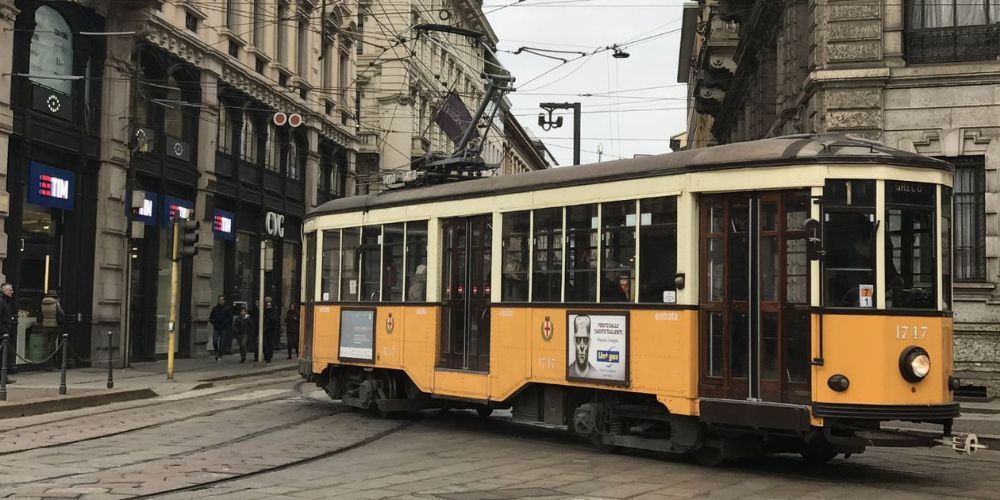
The new NoLo district brings together some of those blocks that head north from Piazzale Loreto, along the lines of viale Monza and via Padova. The easiest way to get there is by metro (red line M1), the Rovereto and Pasteur stops are the closest, but Turro is also good. The buses run on Via Ferrante Aporti, the artery that runs alongside the railway and which leads directly and in just a few stops to Milan's central station; in the opposite direction you arrive in Greco and then in Bicocca, another completely new neighborhood resulting from the industrial reconversion.
And then there's the tram! The historic yellow one with internal wooden benches, the "1928 type" model still circulates and Milan boasts of having the oldest tram line in the world. Tram 1 ends right in NoLo, in via Martiri Oscuri, and from here crosses the whole city, reaching the center of Piazza della Repubblica and Piazza Cavour, then Montenapoleone up to the Scala Theatre, to continue towards the Arco della Pace and Corso Sempione up to at the terminus of the Certosa FS station. After an hour and a half! A real journey to discover Milan, with the first ride at 5.30 in the morning and the last in the middle of the night at 1.50, at the price of a daily ticket of 2.20 euros!
About the author
Written on 10/01/2024


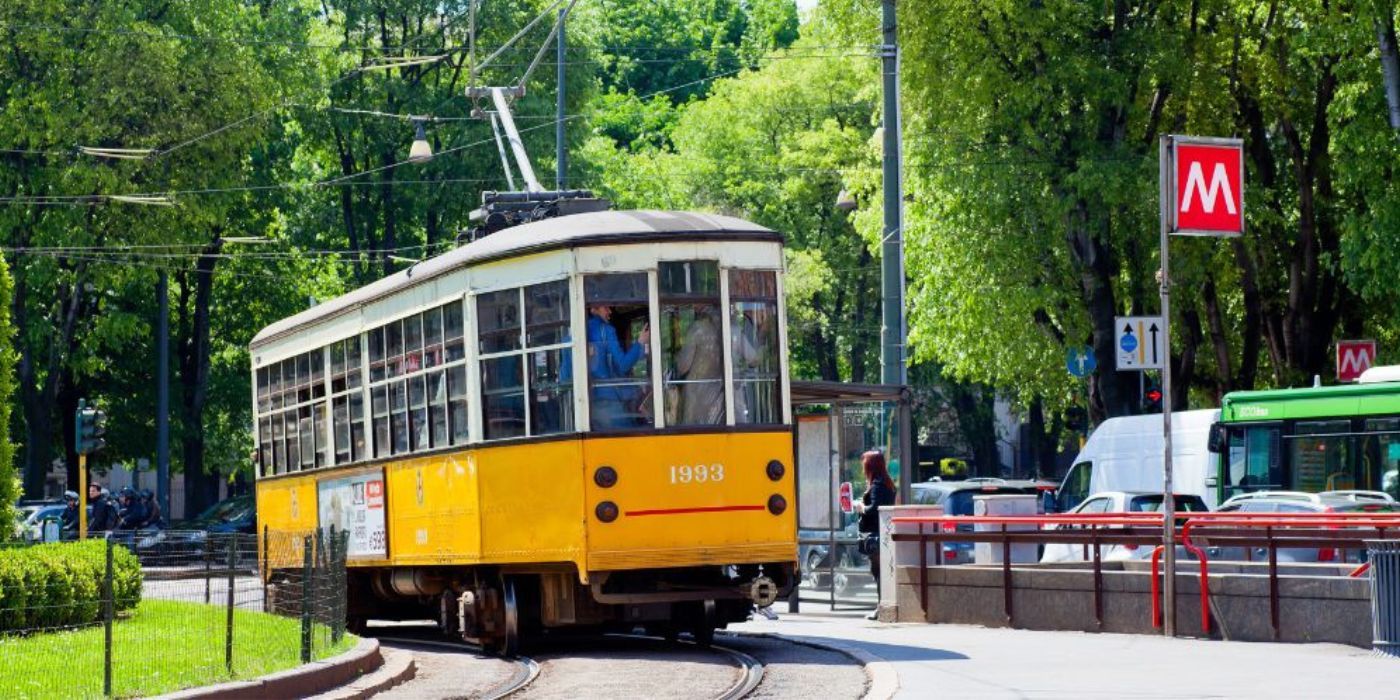
Antonio Angione
NoLo, as North Loreto, one of the trendiest districts in Milan. Born to valorize old important streets of the city's history. Discover it with us.